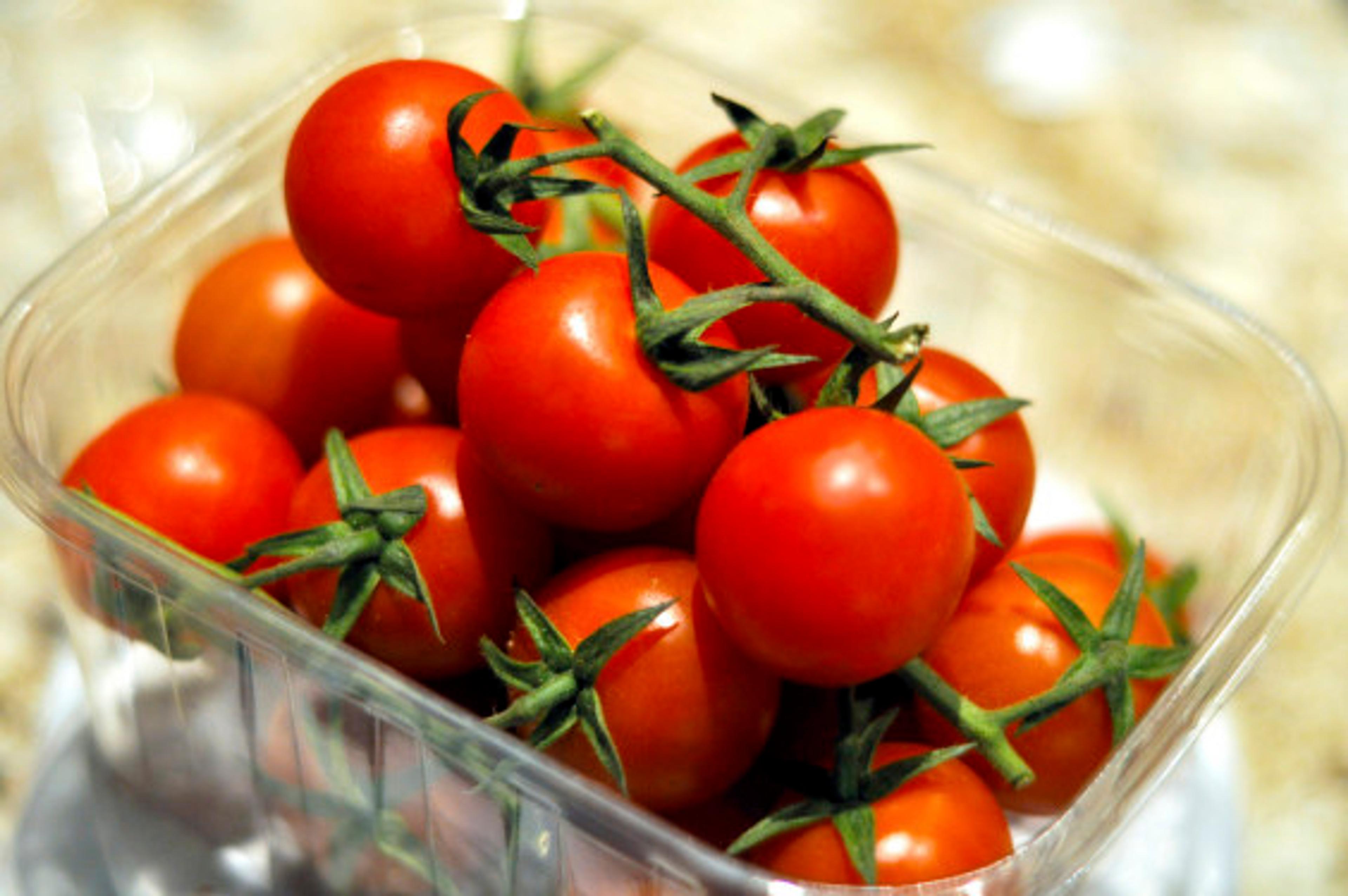What’s new on the “Dirty Dozen”
| 2 min read

Eating healthy can put a major dent in your wallet, especially when you fill up your cart with all organic produce. Knowing that most consumers aren’t comfortable splurging on every piece of produce, the Environmental Working Group (EWG) has made it a mission to help customers know which fruits and vegetables you should really shell out the extra cash for.
They release a report every year called the “Dirty Dozen,” listing the most contaminated conventionally grown fruits and vegetables (they also make a list of the 15 least contaminated produce available called the “Clean 15”). The report is based on pesticide residue data collected by the U.S. Department of Agriculture and the Food and Drug Administration from samples of produce (after they are washed or peeled).
And this year, two new items were added to the Dirty Dozen:
- Cherry tomatoes
- Hot peppers
They replaced:
- Lettuce
- Blueberries
That means the full Dirty Dozen list includes:
- Apples
- Celery
- Cherry tomatoes
- Cucumbers
- Grapes
- Hot peppers
- Nectarines (imported)
- Peaches
- Potatoes
- Spinach
- Strawberries
- Sweet bell peppers
Organic produce is often thought of as more expensive, but in some cases, it may be worth the extra cash to avoid reactions to pesticides. Thankfully, you can feel safe buying produce on the “Clean 15.” The full list includes:
- Asparagus
- Avocados
- Cabbage
- Cantaloupe
- Sweet corn
- Eggplant
- Grapefruit
- Kiwi
- Mangos
- Mushrooms
- Onions
- Papayas
- Pineapples
- Sweet peas – frozen
- Sweet potatoes
Photo credit: VancityAllie





